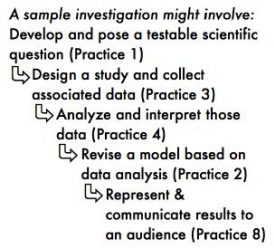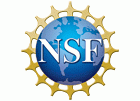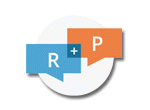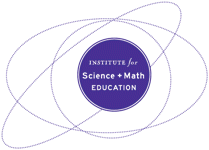Practices should not stand alone: How to sequence practices in a cascade to support student investigations

Why It Matters To You
- Teachers should intertwine and sequence multiple scientific practices in their teaching in ways that integrate the conceptual ideas of science.
- District staff and PD providers should highlight to teachers that students’ productive engagement in scientific practices can overlap and seem messy.
- School leaders should understand that a “cascade of practices” approach looks different from the “scientific method” instruction that administrators may be more familiar with.
What is the Issue?
Science and engineering practices should strongly shape instruction—and be integrated with disciplinary core ideas and cross-cutting concepts. Some people might treat the practices as “stand alone” activities to engage students, but research shows that it is more effective to think about designing instruction as a cascade of practices. Practices should be sequenced and intertwined in different ways to support students in unfolding investigations.
Authors:
PHILIP BELL AND KATIE VAN HORNE
Things to Think About
- How satisfied are you with your current way of teaching science and engineering? How well does it engage students in extended experiences where they learn and apply concepts while engaging in the science and engineering practices?
- It is productive to take up a small manageable investigation “cascade style” that can be integrated, repeated and refined throughout your teaching. What practices and core ideas would you want to start with?
Things to Consider
- It is important to realize that scientists engage in complicated cascades of practices that are “messy” rather than follow some strict scientific method. This video highlights how science works.
- The performance expectations (PEs) in many new science education standards integrate practices with core ideas and cross cutting concepts. The PEs don’t frequently identify multiple practices, but that is not meant to imply that instruction should only engage students in one practice. The PEs are not curriculum. Rather, they highlight the kinds of student performances that are the learning targets of instruction.
- In a cascade of practices instructional approach, multiple practices may be combined and sequenced with one or more core ideas and crosscutting concepts to make up extended investigations. A cascade approach allows for a great variety of science and engineering investigations and supports students in making sense of the natural and built world. Depending on learning goals for a unit, it may be useful to highlight some practices more than others.
- There is no set sequence for how science and engineering practices make up investigations. Investigations might start with posing testable questions, analyzing information, or interrogating a scientific model. They might culminate with creating explanations, models, arguments, or new testable questions for investigation.
- Engaging in students in investigations of this kind takes more instructional time than typical science instruction, but students can develop a deeper understanding of scientific concepts and more readily appreciate the creative endeavor of scientific work.
Resist turning investigative sequences of science practices into new, fixed procedures that students are marched through—similar to how the scientific method has often been used instructionally.
Attending to Equity
- The cascade of practices approach implies shifting agency for learning to students who should be supported in designing, carrying out, and building knowledge about the natural and built world. This makes the learning process more active and inclusive of all students. Inclusive instructional models should be used to provide multiple entry points to support more students in engaging in practices.
Recommended Actions You Can Take
- Study the diagram at the right showing a project-based instructional sequence involving multiple practices. Notice how the selected cascade helps students accomplish an authentic investigation.
- Learn about and implement instructional models that focus on engaging students in cascades of practices. Think about how specific models can help inform instruction in your classroom.
ALSO SEE STEM TEACHING TOOLS
STEM Teaching Tools content copyright 2014-22 UW Institute for Science + Math Education. All rights reserved.
This site is primarily funded by the National Science Foundation (NSF) through Award #1920249 (previously through Awards #1238253 and #1854059). Opinions expressed are not those of any funding agency.
Work is licensed under a Creative Commons Attribution-ShareAlike 4.0 Unported License. Others may adapt with attribution. Funded by the National Science Foundation (NSF). Opinions expressed are not those of any funding agency.


 Email Feedback
Email Feedback



